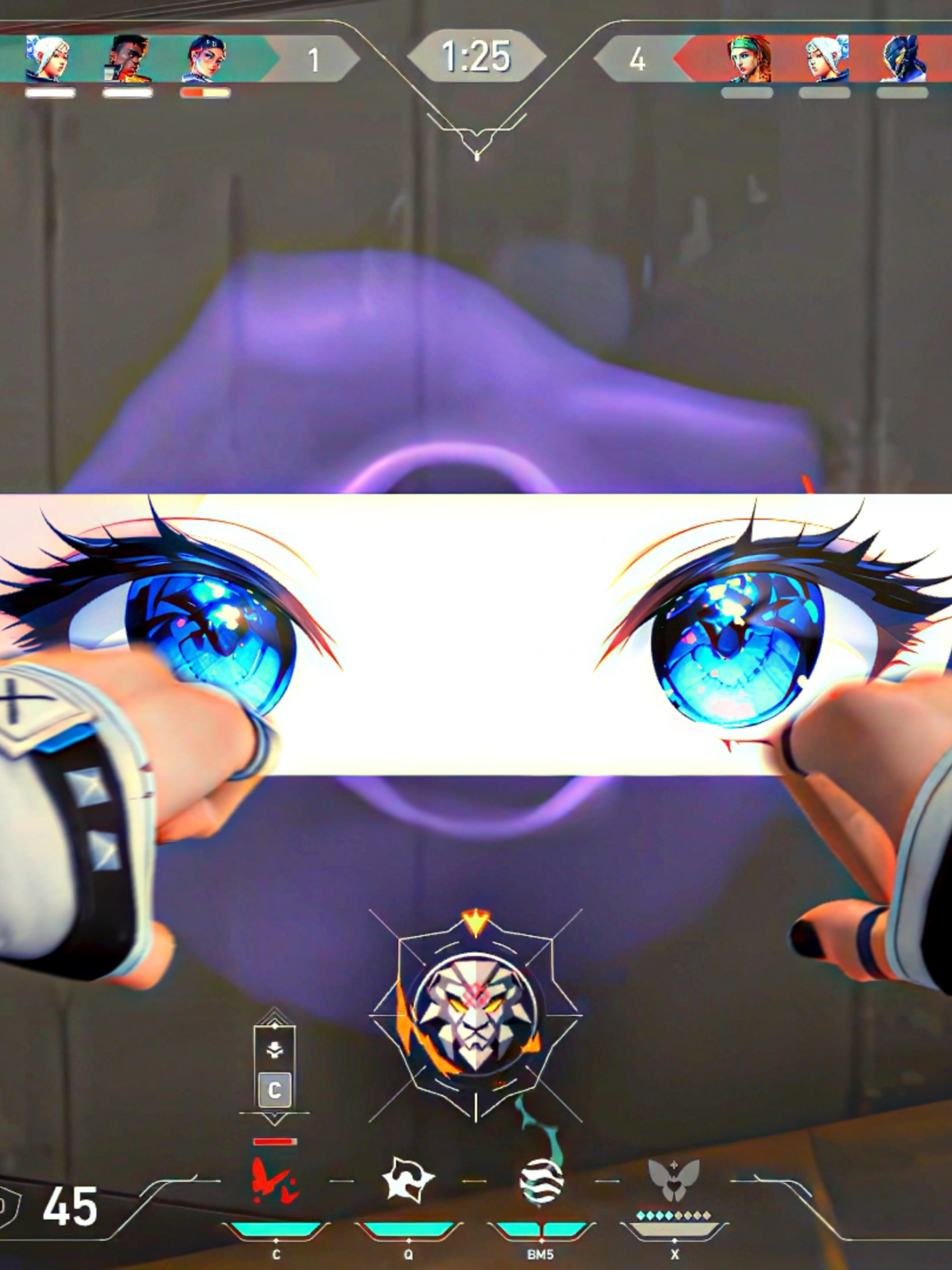Delacey
Region: US
Tuesday 30 September 2025 16:22:01 GMT
134
13
1
0
Music
Download
Comments
Austinjune :
This one>>>>
2025-09-30 19:59:18
0
To see more videos from user @delaceymusic, please go to the Tikwm
homepage.





